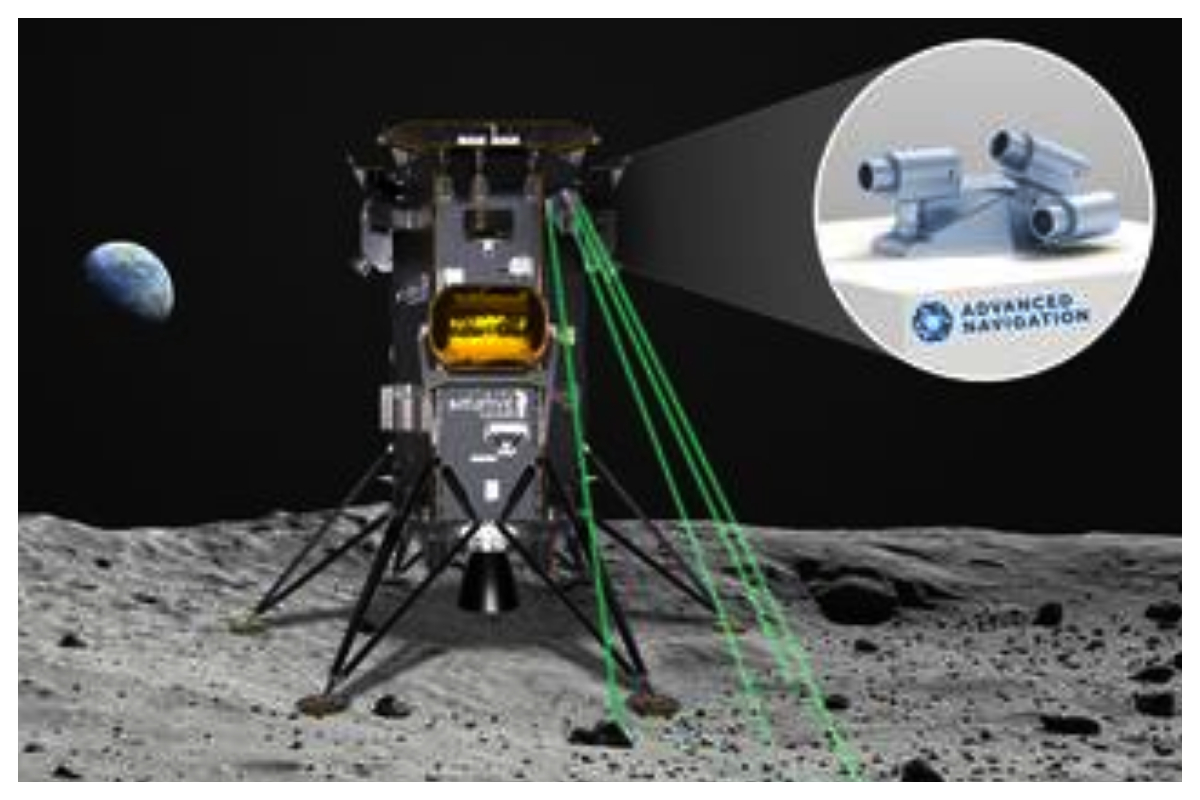- Navigation AI Advanced Navigation hopes to be the first Australian firm to reach the Moon.
- Our lightweight technology is estimated to deliver $85 million in value for lunar missions.
- Advanced Navigation will help us explore more of the moon.
AI navigation and robotics Advanced Navigation, recognized for its maritime and subsea robotics systems (USV, AUV), has revealed its goals to be the first Australian business to reach the Moon.
“The team is absolutely thrilled to see years of research in development progress into successful technology. We look forward to being the first Australian company to reach the Moon in 2024, this will be a huge milestone for us,” said Xavier Orr, CEO and co-founder at Advanced Navigation.
“Inertial and robust reference-based navigation is a critical capability in space missions, where terrestrial navigation satellite systems, such as GPS are non-existent. Our lightweight technology is estimated to deliver $85 million in value for lunar missions, helping to deliver heavier payloads to further advance research, exploration, and commercial developments on the Moon.”
According to the business, two unique patented technologies bring breakthroughs in performance, dependability, size, weight, and power consumption.
“Lighter, more compact flying systems that integrate with the GNC reduce the spacecraft’s weight. This makes room for commercial “payloads” like satellites, research equipment, or employees. Heavy payloads are more expensive and difficult to deliver. Adopting technology that increases payload space saves money. Advanced Navigation’s latest technology delivers. Both systems will outperform the best-demonstrated products in the world while weighing less “business reported.
The Boreas X90 INS allows precise location and navigation without stars or base station control telemetry. The company said long-duration space missions with complex orbits and paths need this.
“Lasers are used for LiDAV. It can show the vehicle’s velocity and position on the moon in 3D. LiDAV helps navigate when visual references and cameras fail due to darkness, dust, or other obscurities. This technology is essential for lunar exploration and landings “plus
“Spacecraft need situational awareness. The systems can be used independently or as a stack. Precision and dependability exceed industry standards “dependable
Intelligent Robots
Intuitive Machines provides lunar transport, communication, and operations. Three lunar landers will deliver two relay satellites by 2025. Tipping Point and CLPS are NASA customers.
Advanced Navigation and Intuitive Machines follow the Artemis Accords to safely explore the Moon.
Dr. Tim Crain, CTO of Intuitive Machines, says lightweight precision navigation sensors are key for moon missions. These technologies enable lunar exploration.
Soon exhibit this strategy. Nova-D will carry 500-1,000 kg to the moon by 2026. We need reliable, redundant, and diverse landing sensors.
“Our customers with massive lunar payloads must trust our technologies. If Advanced Navigation’s technique works on Nova-C landers, Nova-D landings will improve.”
“The Advanced Navigation sensor systems’ small weight and capabilities make them suitable for our “hopper” Micro-Nova.” Bulky sensors enable us fly to shady craters and lava tubes. Advanced navigation will expand moon exploration.
Australia’s future frontier
Boreas X90 was created with an ASA grant.
“Our Moon to Mars project allows Australian firms to showcase their knowledge and capabilities,” said Australian Space Agency head Enrico Palermo. Advanced Navigation’s partnership with Intuitive Machines demonstrates how this strategy propels Australian companies into worldwide space supply chains.
Advanced Navigation is challenging the status quo. Their breakthrough invention will strengthen Australia’s space capability, offer export chances, and inspire the public.
“This is one way Australia is helping NASA with Artemis. The Agency has also agreed to incorporate an Australian-built, operated rover on a future mission.
Non-space terrains
This technology has several Earth uses. Advance navigation said the device can assist planes takeoff and land in hazardous conditions and properly measure weather patterns, enhancing weather detection and forecasts. It can also navigate autonomous vehicles and develop gravity-based geophysical models.
[embedpost slug=”nasa-plans-to-launch-aquatic-robots-into-orbit/”]





















